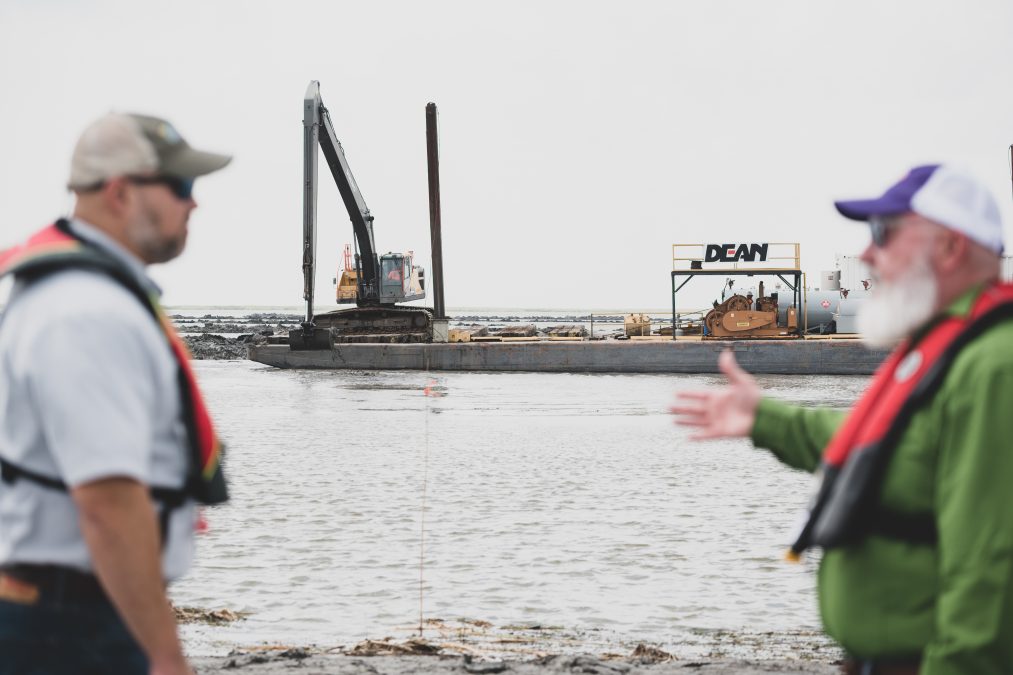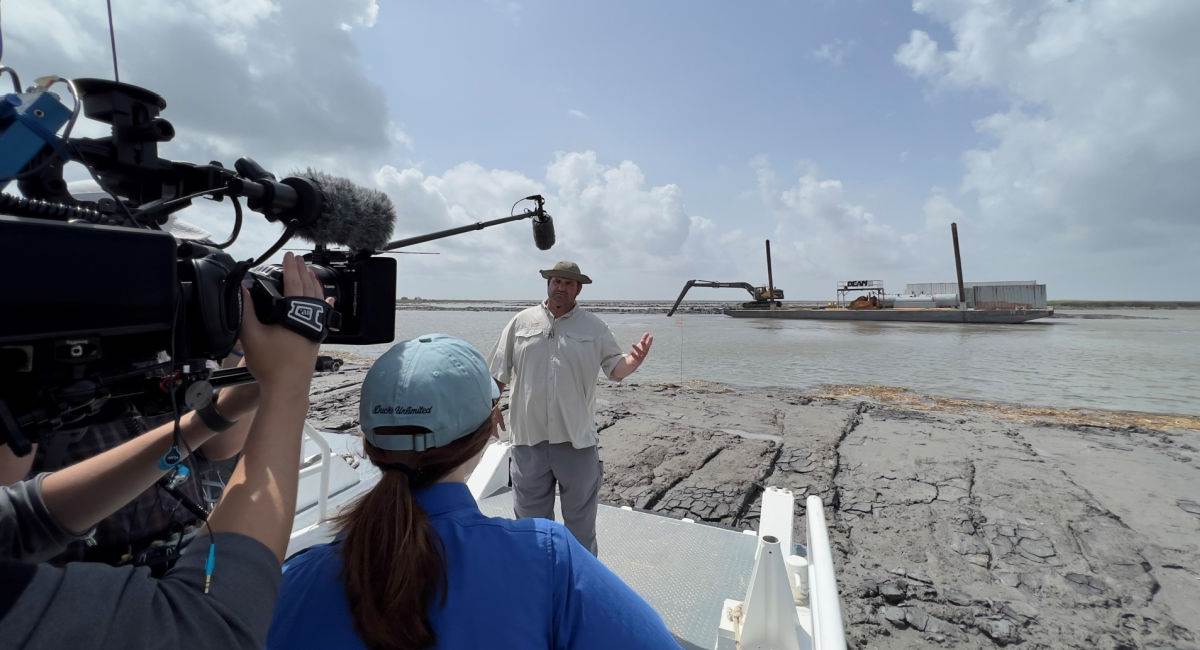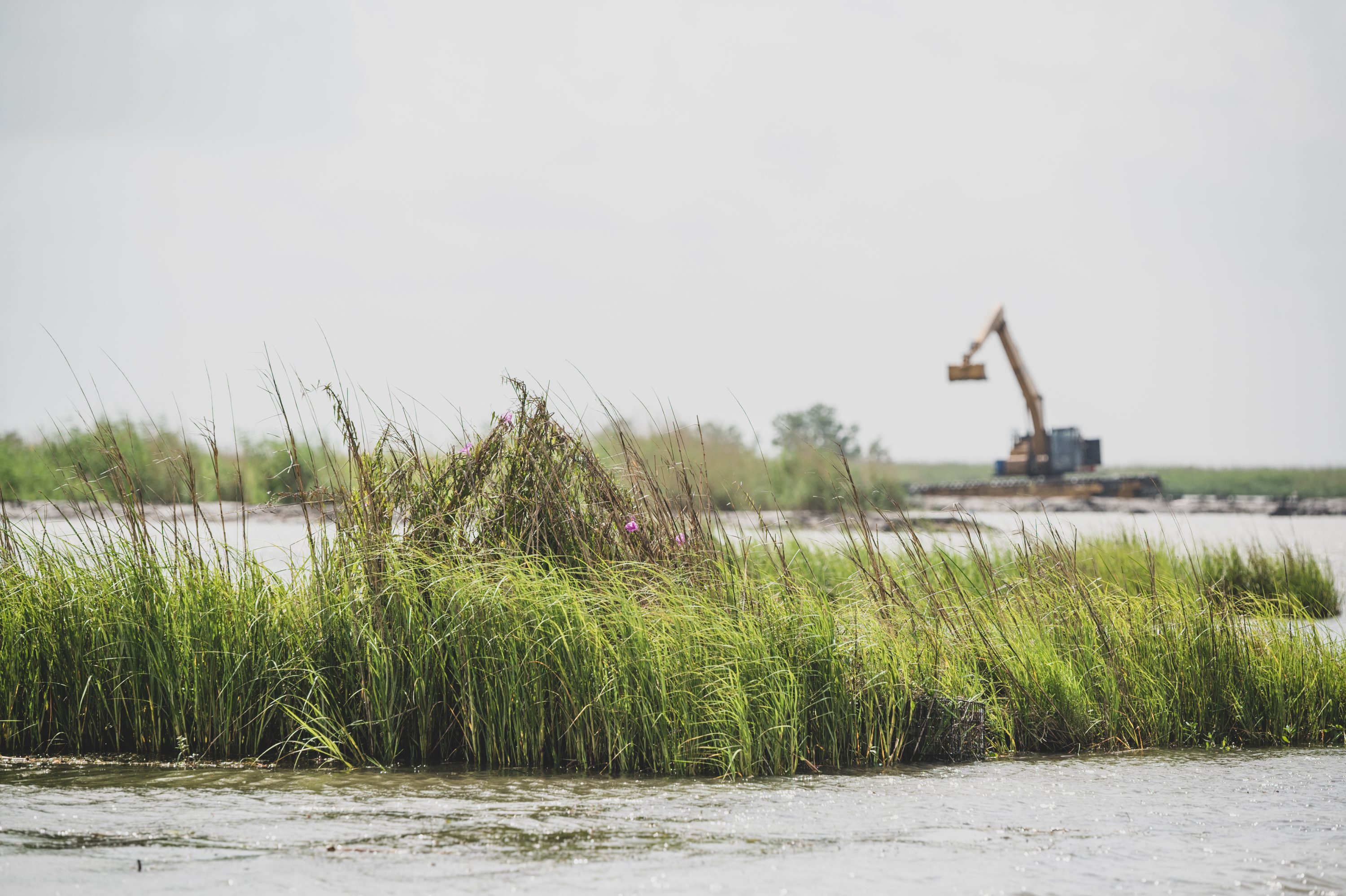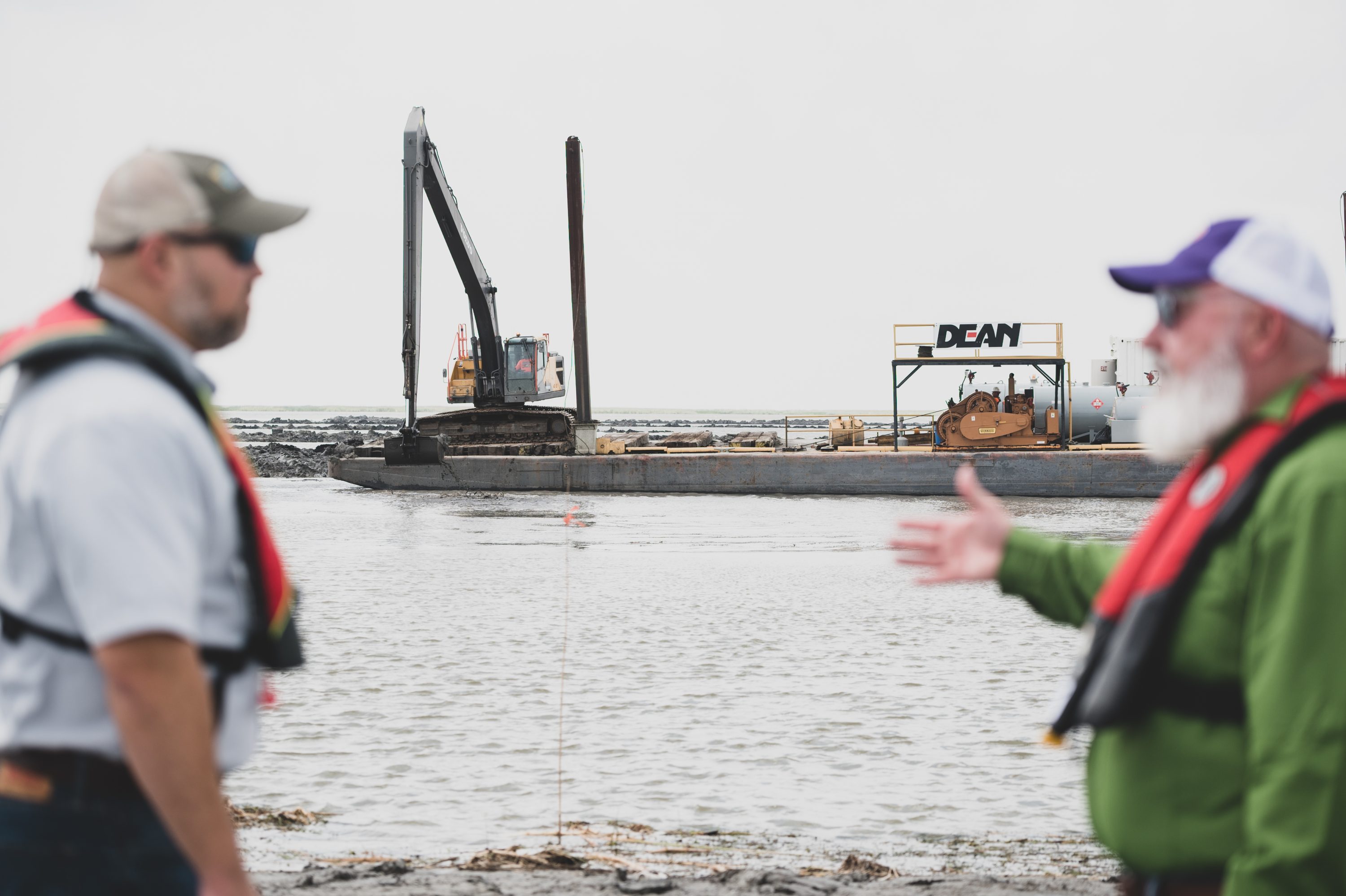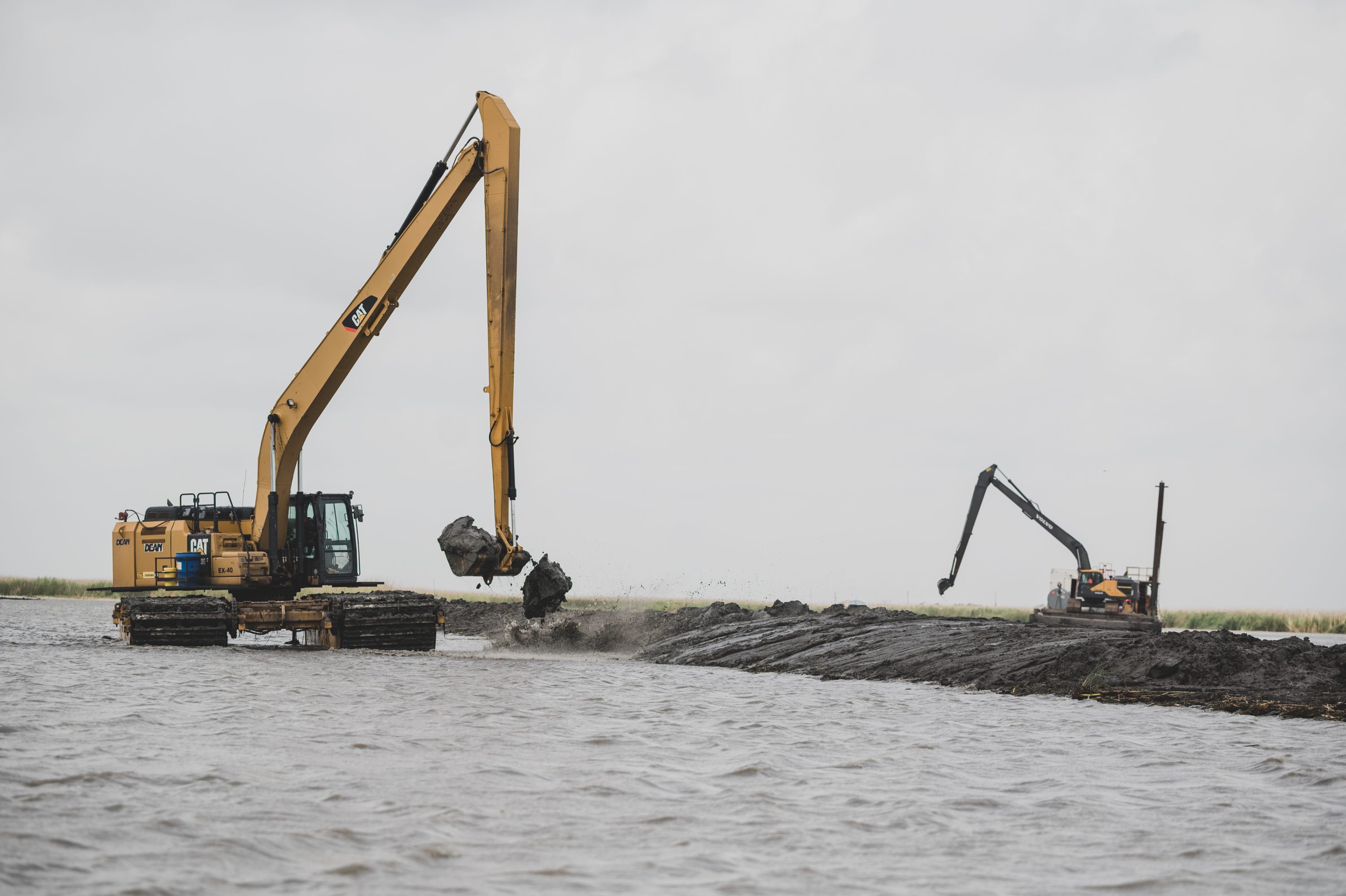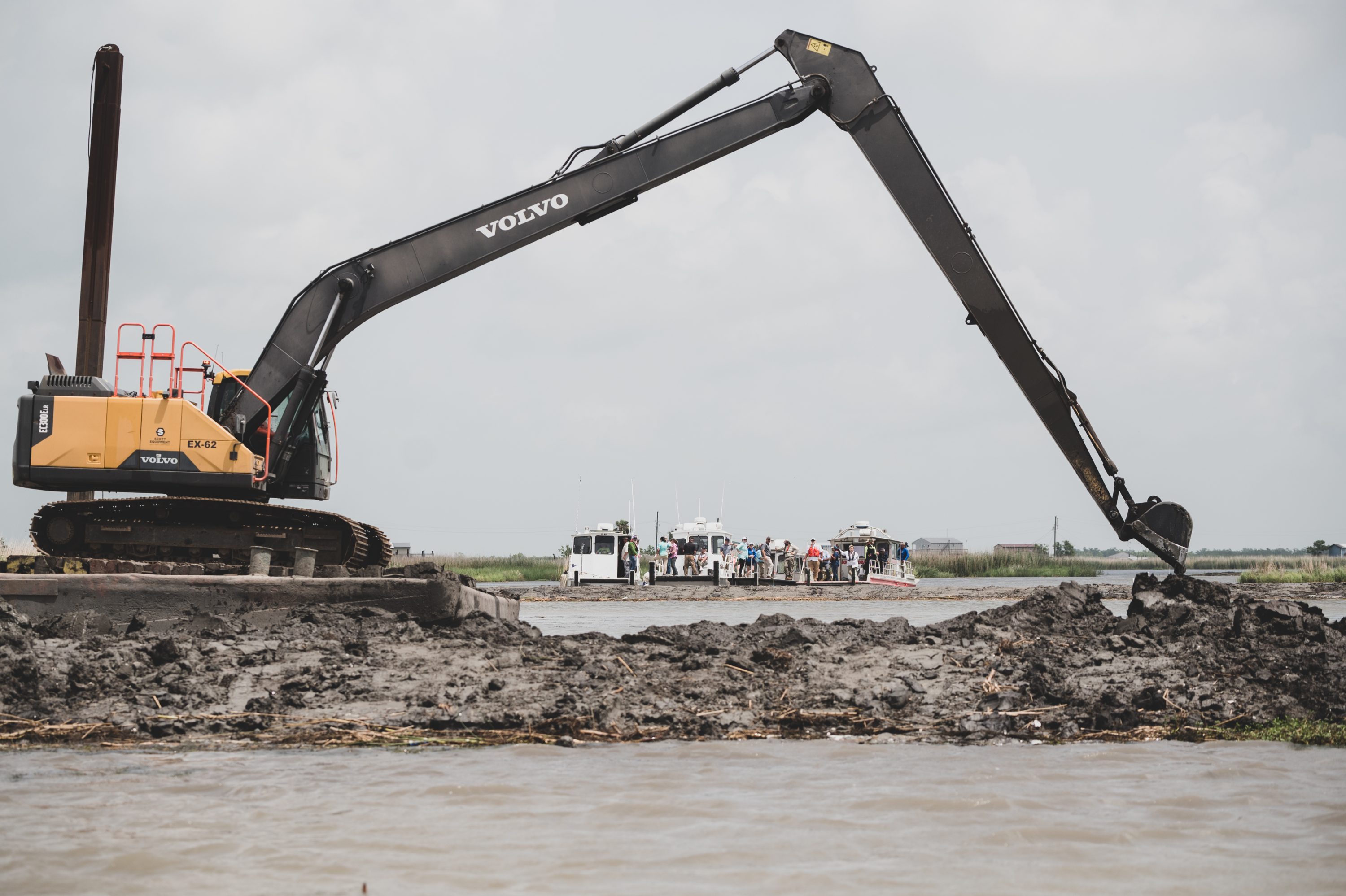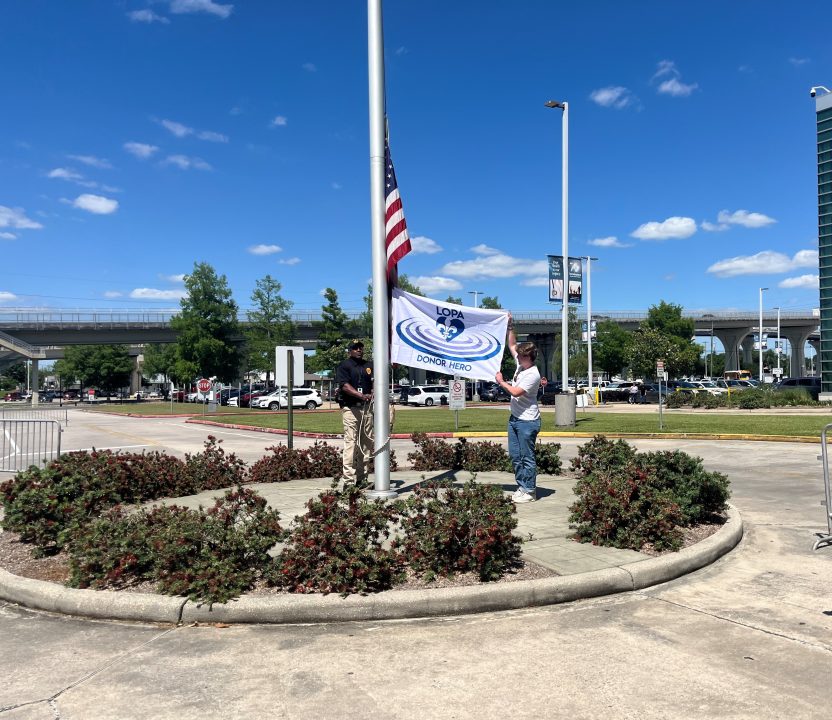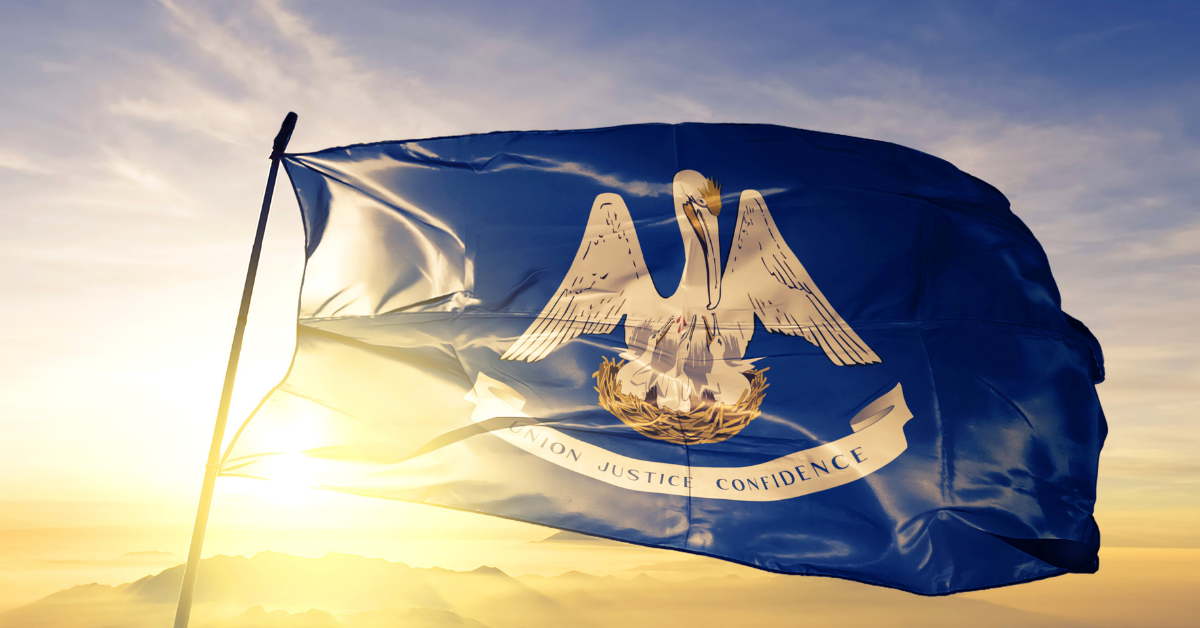
Moody’s Upgrades Louisiana Issuer Rating
May 26, 2022
Downtown Houma Revitalization Proves to be a Process, but is Forthcoming
May 26, 2022Energy partners, parish officials, and conservation partners gathered at the ConocoPhillips Coastal Wetlands office in Houma to discuss the importance of wetlands restorations and protections. The group also toured Raccourci Bay and Voss Canal project sites, two wetland restoration projects in Terrebonne Parish made possible through industry investments and state resources.
“Projects such as these are truly a partnership effort. Thanks to the continued support from both public and private partners, including energy industry leaders, DU’s critical conservation work never stops,” said Karen Waldrop, Chief Conservation Officer, Ducks Unlimited. “The Gulf Coast of Louisiana is a critical piece to the conservation puzzle. We are honored to be part of such a team effort to improve habitat for waterfowl, wildlife and the surrounding communities.”
Industry leaders from ConocoPhillips, Chevron, Shell, and Louisiana Coastal Protection and Restoration Authority joined Ducks Unlimited and Terrebonne Parish representatives to discuss the importance of wetland restoration work along the Louisiana Gulf Coast.
“Louisiana’s coastal wetlands are critical natural resources and the region’s economic driver,” said Gordon Dove, President of Terrebonne Parish. “By working together, organizations like Ducks Unlimited, parish and state officials, and some of the region’s largest employers – including the energy industry – can fortify our communities and protect our livelihoods for generations to come. I’m proud to witness all of the progress these groups have made together in this critical region of our state.”
Ducks Unlimited’s wetland conservation projects provide economic, ecological, and societal benefits that ripple across the country. In addition to enhancing community resilience while supporting navigation, tourism and the seafood and energy industries, coastal wetlands provide people with improved quality of life associated with nature. Along the Gulf Coast, DU and partners have helped conserve more than 556,900 acres of coastal wetlands.
The Raccourci Bay project includes construction of 53,000 linear feet of marsh terraces to reduce shoreline erosion and encourage growth of aquatic vegetation, while the Voss Canal Project will produce 22,000 linear feet of marsh to benefit 450 acres of wetlands. This vegetation is the foundation of the food chain in coastal Louisiana for ducks, shorebirds, fish and other wildlife. Once established, this work will help offset coastal wetland loss in the Terrebonne Basin.
“This is what partnership looks like,” said Leah Brown, Chevron Gulf of Mexico Business Unit’s Manager of Corporate Affairs. “You have the state, local government and the private sector all working collaboratively together. It doesn’t get any better than this.”
“We’ve really been able to move the needle. It is a tremendous effort that everyone should be proud of,” said Executive Director of Conoco Phillips Coastal Wetlands John Harrington.
“When we talk about communities – it’s us. We live in these communities, our children go to school in these communities,” said Donnie Garrison, Shell Pipeline Operations Manager. “We’re investing in our own backyards.”
Project partners for work on East Raccourci Bay Marsh include Louisiana Coastal Protection and Restoration Authority, Chevron, ConocoPhillips, Lafourche Parish Government, U.S. Fish and Wildlife Service, North American Wetlands Conservation Council and other Gulf Coast Initiative supporters.
For more information, visit www.ducks.org. Follow DU’s news Twitter feed – @DUNews1937 – to get the most up-to-date news from Ducks Unlimited.

